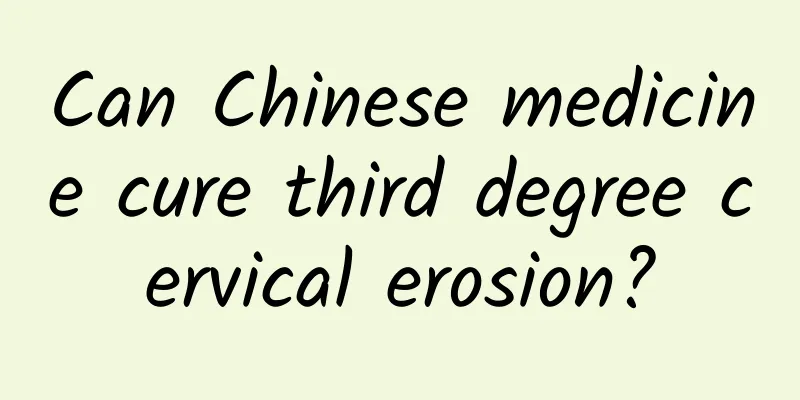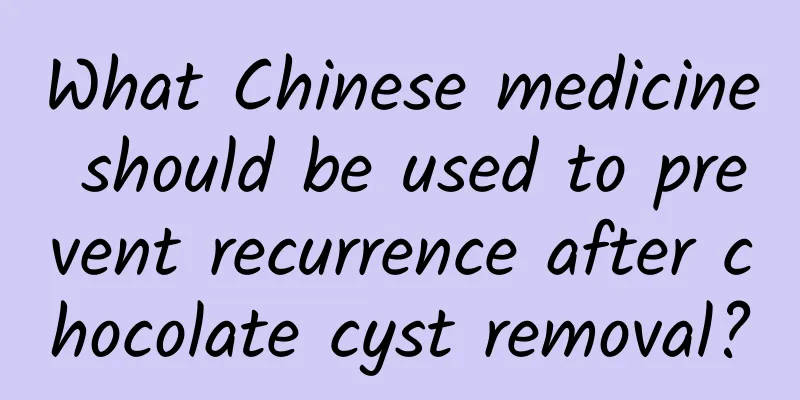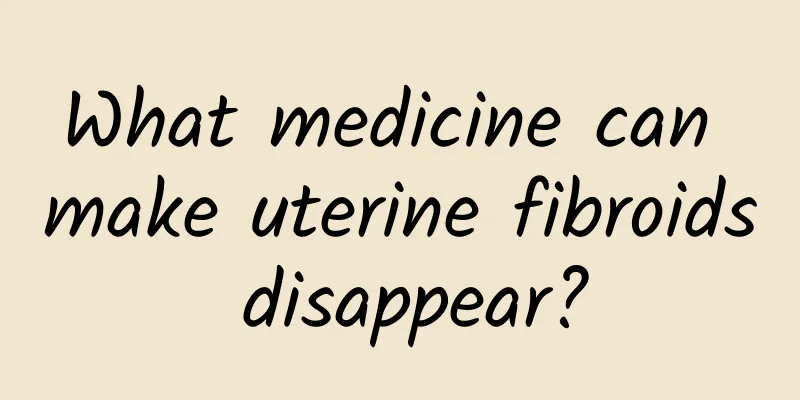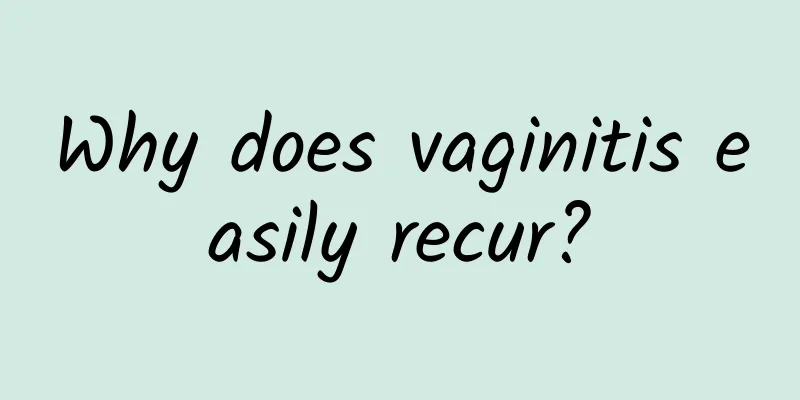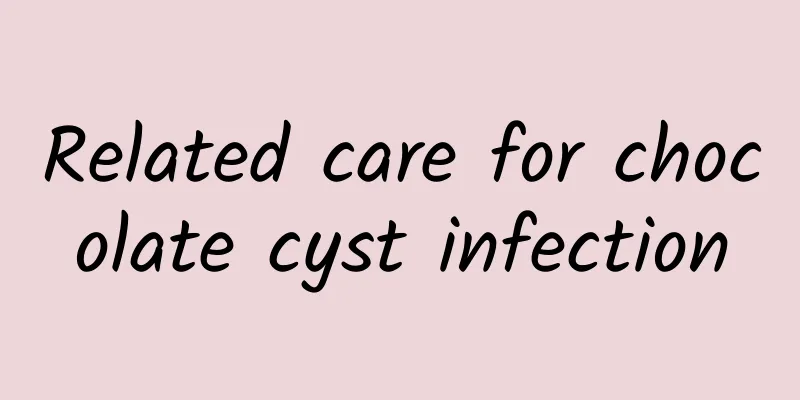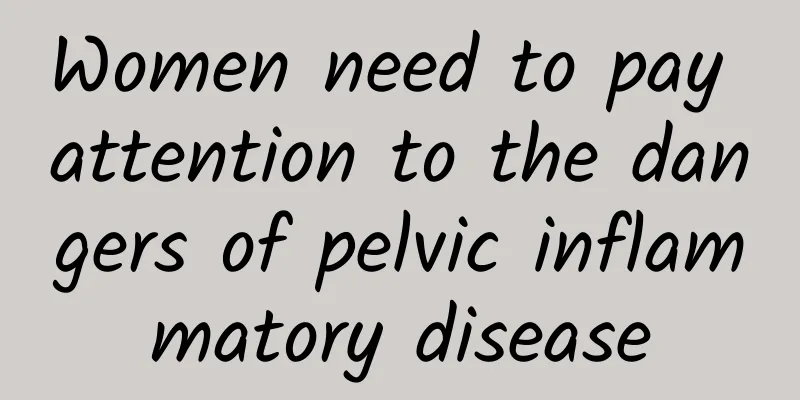How to treat uterine fibroids and ovarian cysts
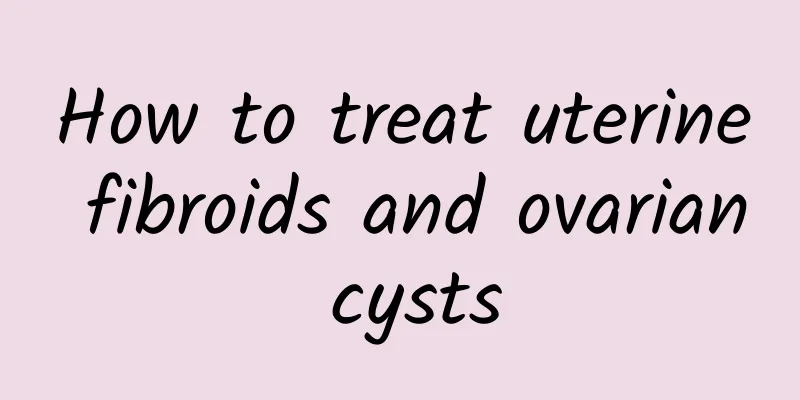
|
The treatment of uterine fibroids and ovarian cysts requires choosing the appropriate plan according to the specific situation. The following are some common treatment methods: 1. Regular check-ups: For patients with smaller uterine fibroids and ovarian cysts, milder conditions, and less obvious symptoms, especially older women, regular check-ups can be chosen. This method is suitable for those who are in good physical condition and have no obvious discomfort. Regular check-ups can help doctors monitor changes in the condition and ensure that timely measures are taken. 2. Antibiotic treatment: If the ovarian cyst is an inflammatory lesion caused by bacterial infection, antibiotics can be used for treatment. Commonly used antibiotics include piperacillin, moxifloxacin and metronidazole. Antibiotic treatment can effectively control infection and relieve symptoms. 3. Drug treatment: For larger uterine fibroids, especially for young patients who have not yet given birth, drug treatment can be considered. For example, Guizhi Fuling Wan is a traditional Chinese medicine that is often used to treat uterine fibroids. This type of drug can help shrink fibroids, relieve symptoms, and provide better conditions for future fertility plans. 4. Minimally invasive surgery: If the ovarian cyst is large and the patient has not given birth, laparoscopic minimally invasive surgery can be chosen. This surgical method has little trauma and quick recovery. It can effectively remove the cyst and preserve ovarian function. For patients who have given birth and have critical conditions such as ovarian cyst pedicle torsion or ovarian rupture, adnexectomy can be considered. 5. Hysterectomy: For patients with more severe uterine fibroids, especially those who are older, hysterectomy can be an option. This surgical method can completely solve the problem of uterine fibroids, but it needs to be considered carefully because it will affect fertility. The treatment of uterine fibroids and ovarian cysts needs to be selected according to the specific situation of the patient. It is recommended that female friends have regular gynecological examinations to detect problems early and take timely measures. Maintaining a healthy lifestyle, paying attention to diet and exercise can also help prevent and manage these diseases. I hope everyone can have a healthy body and a happy life! |
<<: Symptoms of Trichomonas vaginitis
>>: How long does it take to get rid of the abortion pill?
Recommend
What are the symptoms of ectopic pregnancy in women?
What are the symptoms of ectopic pregnancy in wom...
What ointment is good for vulvar itching
The occurrence of vulvar itching bothers every pa...
Beautiful wife Sui Tang shares 3 tips for beautiful skin
Sui Tang attended a gym endorsement press confere...
Traditional Chinese medicine treatment for vulvar itching, internal and external use
Traditional Chinese medicine treatment for vulvar...
What are the symptoms of adnexitis?
What are the symptoms of adnexitis? Understanding...
Make a wish quickly! 4 principles to make your weight loss wish come true in 2017!
What the Cofit nutrition team wants to tell you i...
How much does it cost to treat gynecological diseases?
Gynecological diseases are common diseases among ...
Which one is more harmful, abortion or curettage?
The most harmful curettage is the traditional art...
How to take care of adnexitis after surgery?
How to take care of adnexitis after surgery? What...
What to eat for ovulation bleeding? Celery and golden needle soup has the effect of stopping bleeding
Ovulation bleeding is a common physiological phen...
Live and move as long as you live, how to prevent sports injuries? Keep these 4 principles in mind
"To live, you have to move." For the sa...
Is it easy to get pregnant with adenomyosis?
Is it easy to get pregnant with adenomyosis? It i...
Clinical treatment principles of adnexitis
Adnexitis mainly includes gynecological diseases ...
What causes spontaneous abortion?
Spontaneous abortion refers to the natural termin...
The harm of uterine cysts
The harm of uterine cysts mainly depends on the t...
